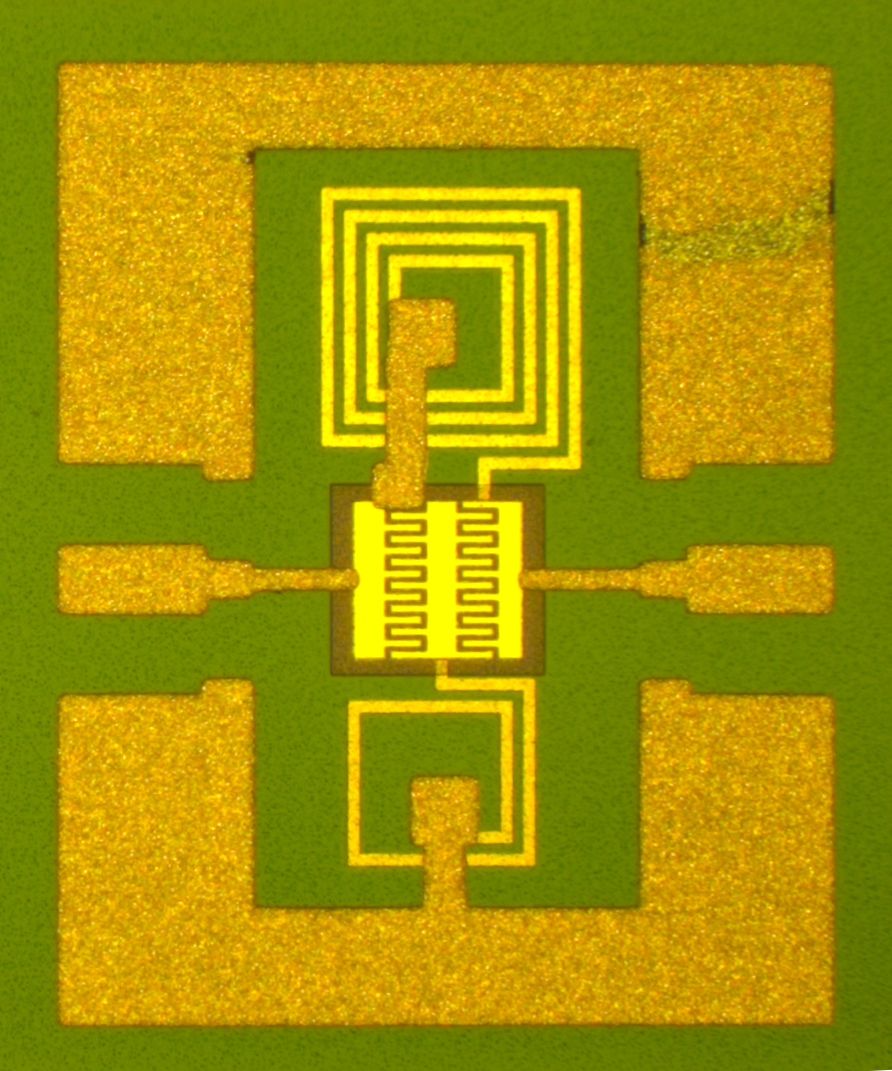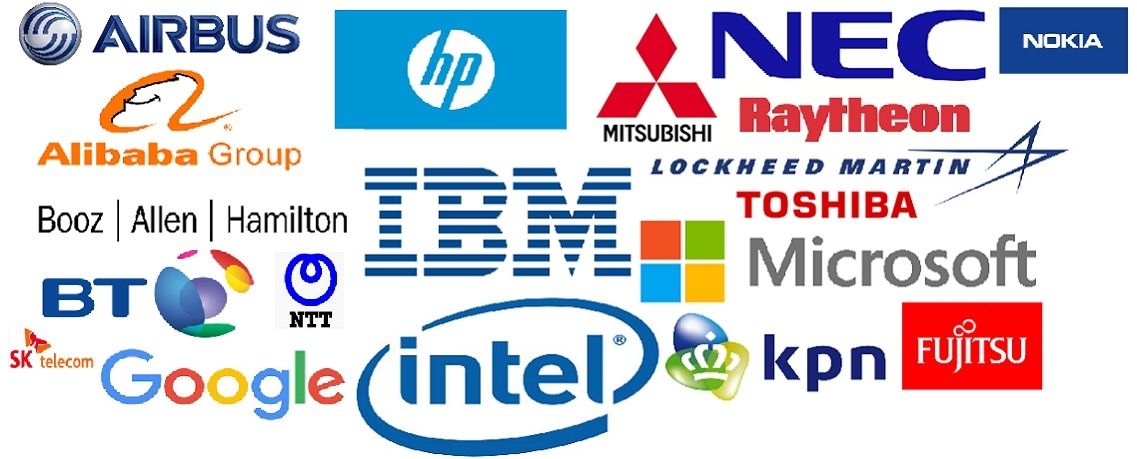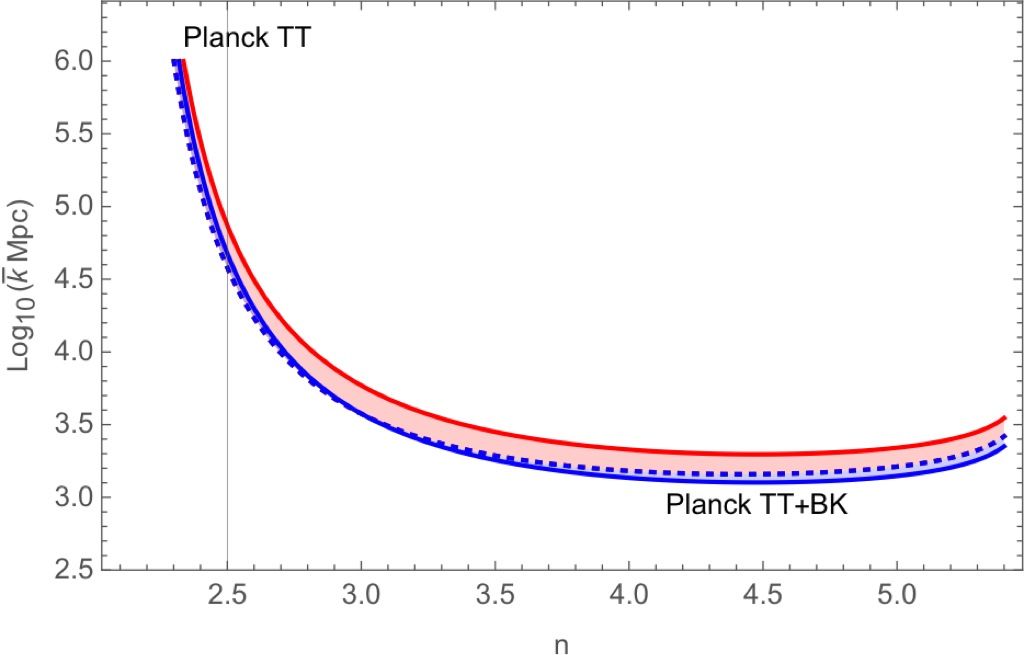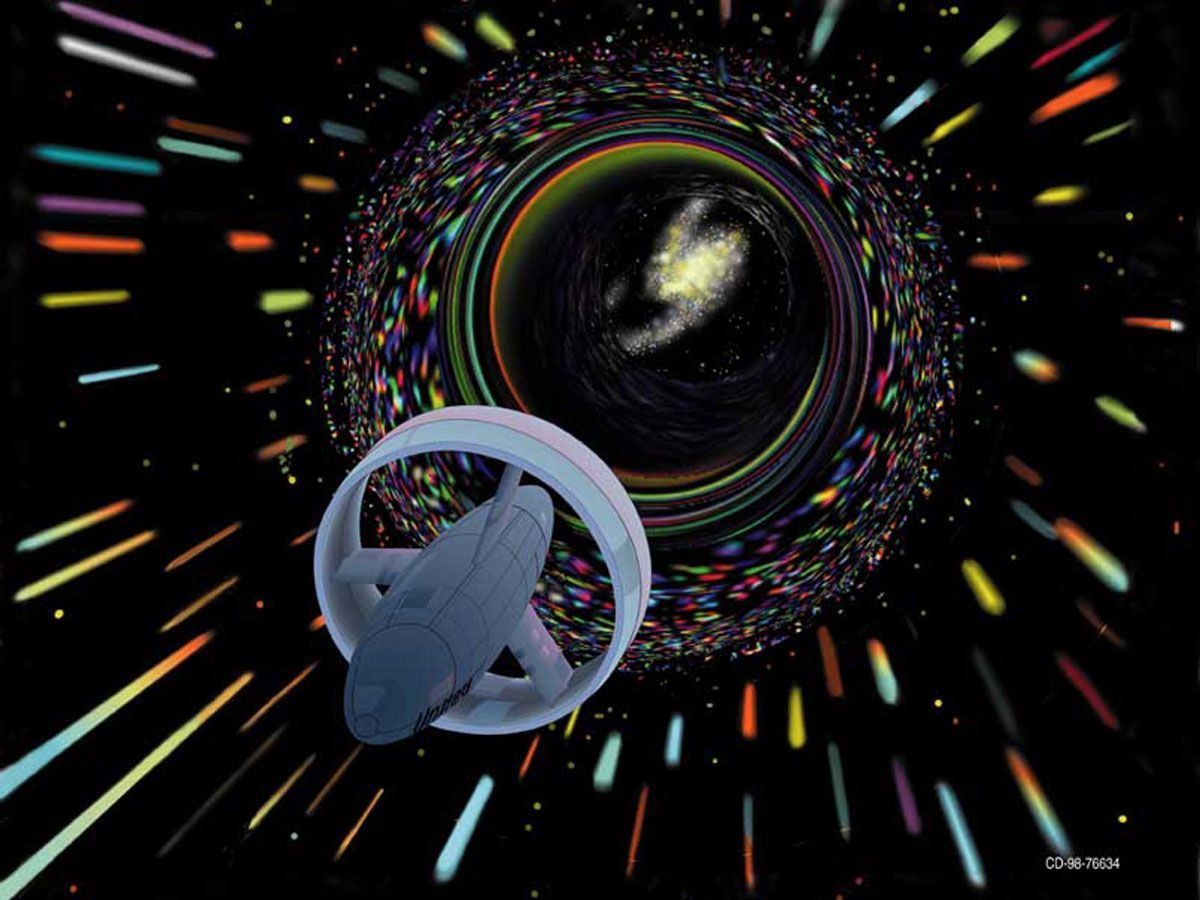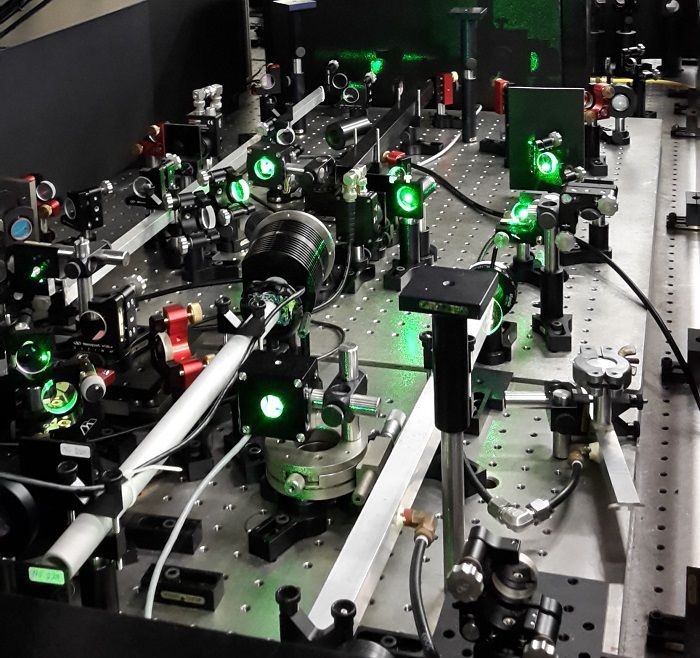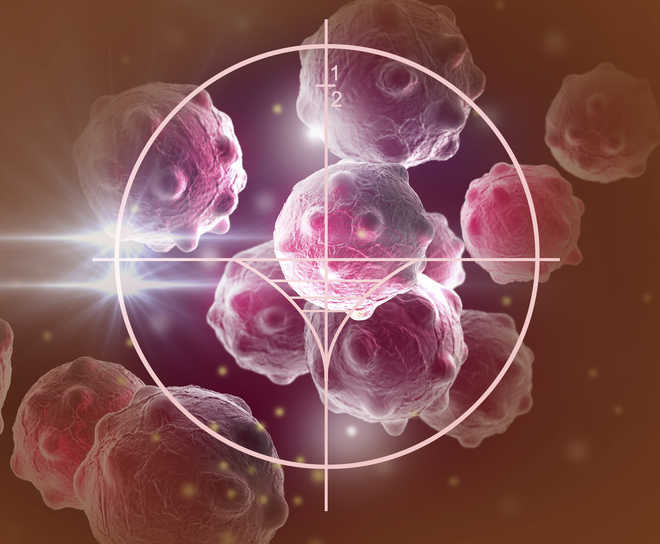Sep 13, 2016
Tuning materials and devices to adapt to their environment
Posted by Karen Hurst in categories: biotech/medical, singularity, transportation
Definitely a big deal.
I look forward to the day when everything lives and adapts as well as interacts in their environments. Buildings, machines, autos, planes, etc. Last month we read about the living buildings that DARPA is focused on that utilizes synthetic cells which enables buildings and other structures to self repair themselves much like human cells do.
Definitely glad to see more and more people jump on the Singularity path.
Continue reading “Tuning materials and devices to adapt to their environment” »
